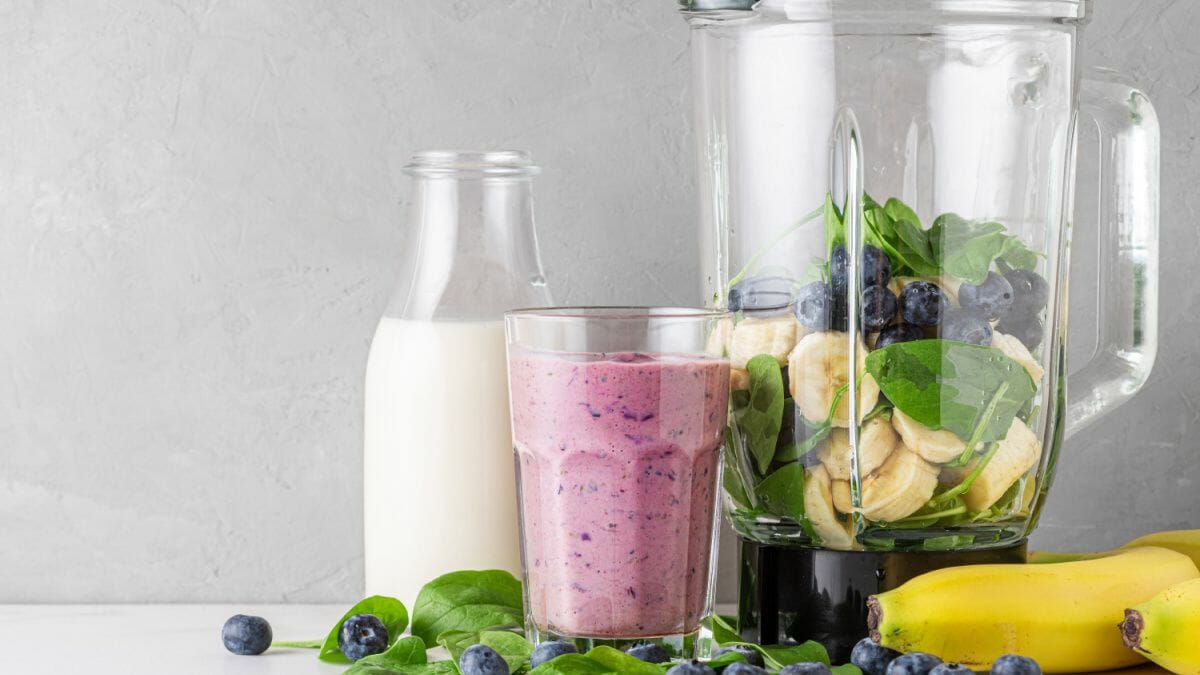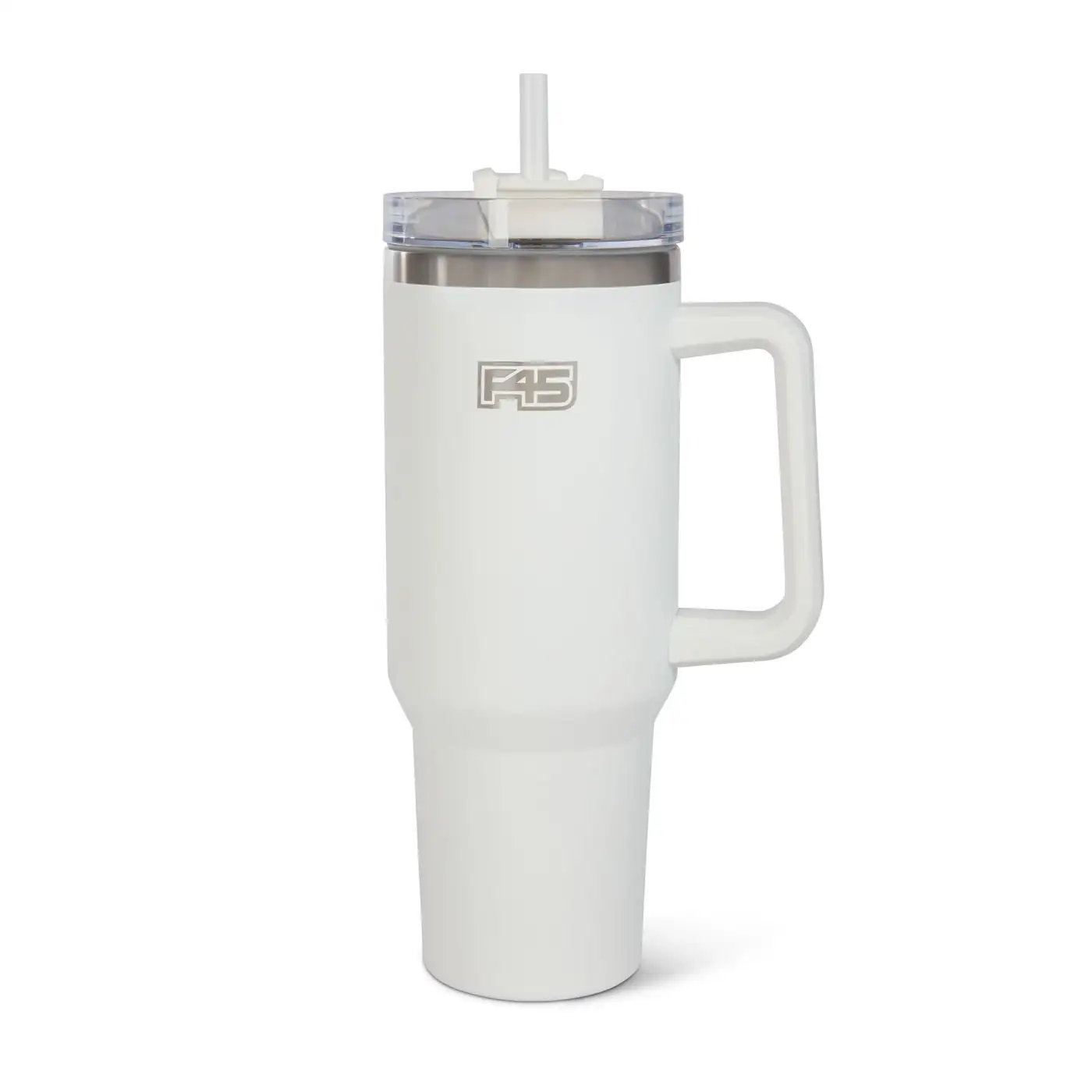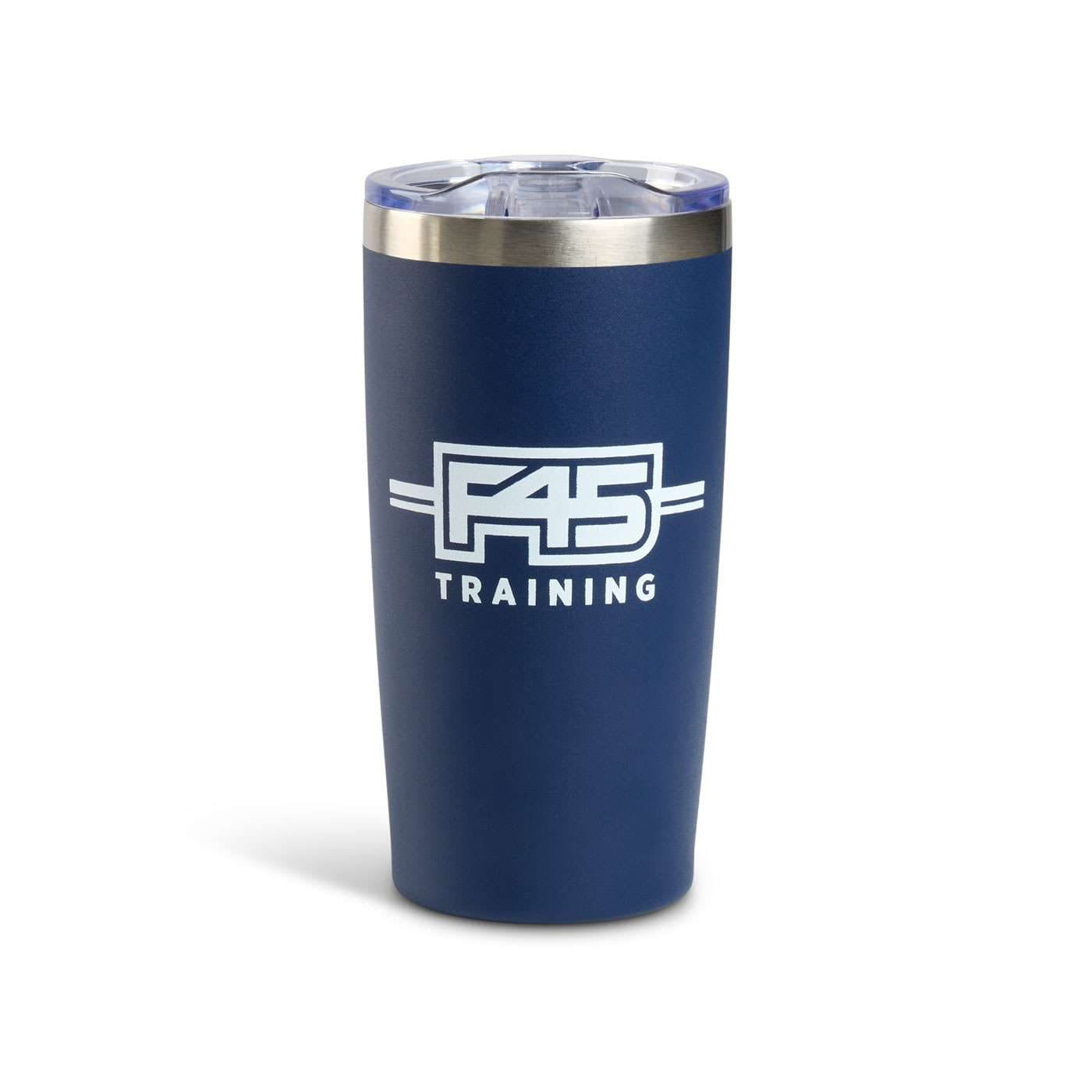Last week, we focused on pre and probiotics to aid digestive health. A gut-healthy diet should also include plenty of fiber. Foods high in fiber, like whole grains, fruit, vegetables, nuts, seeds and legumes contribute to feelings of fullness, as they elicit a slow release of sugars into the bloodstream for physical and mental performance. Fibrous foods contain a mix of prebiotics and probiotics that help feed the gut bacteria. Therefore, aiming for your daily fiber targets of 25-40g/day through different types of fiber can contribute to your digestive health in various ways.
Soluble fiber draws water into the small intestine and turns it into a gel, slowing down the emptying process (feeling fuller for longer). Soluble fiber foods consist of oats, fruit, vegetables and legumes. Including these each day helps in the gradual release of sugars that stabilize blood glucose levels.
Insoluble fiber adds bulk to stools and assists in regular bowel movements. This type of fiber is found in whole grain breads and cereals, the skin of fruits and vegetables, and also in nuts and seeds. It acts almost like a broom through the digestive system.
Resistant starch is a type of prebiotic that contributes to the maintenance of good gut bacteria, linked with improvements of bowel health. There are four types of resistant starch, each affected by the preparation method of the food. For example, cooking potatoes and then cooling them increases the amount of starch, while ripening a green banana decreases the amounts. Given its resistance to digestion, this type of fiber travels to the large intestine to feed the good gut bacteria, producing short-chain fatty acids that preserve the lining of your intestine.
What to look for on a label: When comparing two products of the same category, such as two muesli bars, use the ‘per 100g’ column to inform your decision. If a product contains between 3-6g of fiber in the ‘per serve’ column, it is considered a high-fiber product. If it contains more than 6g per serve, it is considered very high-fiber. Recommended daily fiber intake for men: 30g Recommended daily fiber intake for women: 25g
Higher Fiber breakfast swaps:
- Bread: Swap white bread for your morning toast with a whole grain option. Some breads contain added seeds for a richer micronutrient profile.
- Cereal: Swap a sugary cereal for a bran-based cereal, or even experiment with cooked or soaked oats.
- Spreads: Swap out a jam or spread for fresh fruit or avocado.
- Vegetables: If you like to cook eggs in the morning, slice up some mushrooms, cherry tomatoes and sauté some spinach to add.
Higher fiber lunch/dinner swaps:
- Rice: Swap from white rice to brown rice with your sushi or any rice-based dish of choice.
- Pasta: Swap to a whole grain pasta or pasta sheets, and ensure to cook to al dente for optimal fiber content.
- Legumes: Add in canned legumes (lentils, black beans, chickpeas etc.) to meat sauces or soups.
- Vegetables: Grate in zucchini and carrot into a bolognese mix and ensure 50% of your plate or bowl is covered in vegetables. For soft skin veggies, leave the skin on.
Higher fiber snack/dessert swaps:
- Fruit: Swap dried fruit for fresh fruit, and opt for fresh fruit over fruit juice.
- Vegetable sticks: Swap out cheese and crackers for carrot and celery sticks dipped in hummus.
- Sauces: Instead of a maple syrup drizzle over pancakes, sauté a berry compote in the pan.
- Nuts and seeds: Sprinkling nuts and/or seeds onto a yogurt snack or into a smoothie can add fiber as well as unsaturated fats.
- Crackers: Swap out water crackers for whole grain crackers.
- Flours: Bake with higher fiber flours, such as coconut flour.
Aim to consume approximately 30 different types of plants each week to ensure an array of benefits. Remember, though, not all plants are vegetables and fruits! They also consist of rice, nuts and seeds, so mix it up.













